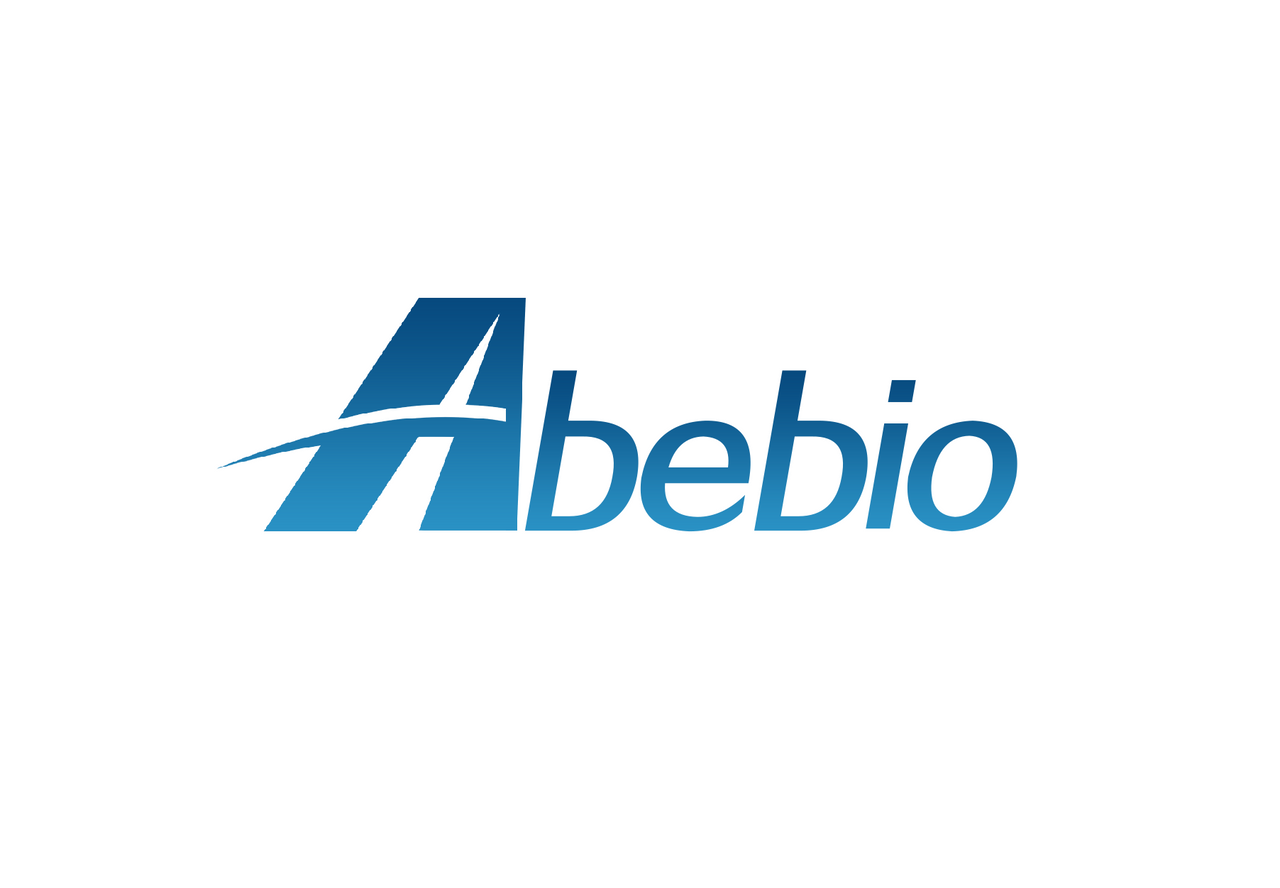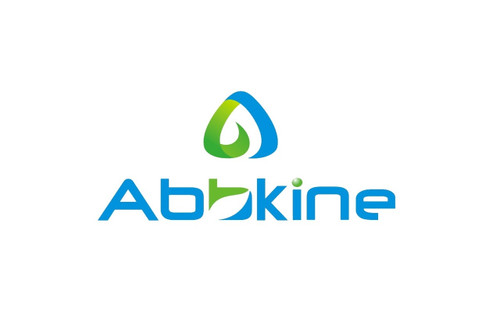Product Description
Human Ras-specific guanine nucleotide-releasing factor RalGPS1 (RALGPS1) ELISA Kit | AE59970HU | Abebio
Species Reactivity: Human (Homo sapiens)
Abbreviation: RALGPS1
Alternative Name: RP13-225O21.1; KIAA0351; RALGEF2; RALGPS1A; Ral guanine nucleotide exchange factor RalGPS1A
Application: ELISA
Range: 0.156-10 ng/mL
Sensitivity: 0.054 ng/mL
Intra-Assay: ≤3.8%
Inter-Assay: ≤6.8%
Recovery: 0, 87
Sample Type: Serum, Plasma, Other biological fluids
Detection Method: Sandwich
Analysis Method : Quantitive
Test Principale: This assay employs a two-site sandwich ELISA to quantitate RALGPS1 in samples. An antibody specific for RALGPS1 has been pre-coated onto a microplate. Standards and samples are pipetted into the wells and anyRALGPS1 present is bound by the immobilized antibody. After removing any unbound substances, a biotin-conjugated antibody specific for RALGPS1 is added to the wells. After washing, Streptavidin conjugated Horseradish Peroxidase (HRP) is added to the wells. Following a wash to remove any unbound avidin-enzyme reagent, a substrate solution is added to the wells and color develops in proportion to the amount of RALGPS1 bound in the initial step. The color development is stopped and the intensity of the color is measured.
Product Overview: RalGPS1 is a Ral GEF that requires membrane targeting to function in vivo.RalGPS 1 is a highly specific Ral GEF. Guanine nucleotide exchange factors (GEFs) are responsible for coupling cell surface receptors to Ras protein activation. These molecules share the core catalytic domain of other Ras family GEFs but lack the catalytic non-conserved domain that is believed to contribute to Sos1 integrity. In vitro binding and in vivo nucleotide exchange assays indicate that these GEFs specifically catalyze the GTP loading of the Ral GTPase when overexpressed in 293T cells. A central proline-rich motif associated with the Src homology (SH) 2/SH3-containing adapter proteins Grb2 and Nck in vivo, whereas a pleckstrin homology (PH) domain was located at the GEF C terminus.
Stability: The stability of ELISA kit is determined by the loss rate of activity. The loss rate of this kit is less than 5% within the expiration date under appropriate storage condition. The loss rate was determined by accelerated thermal degradation test. Keep the kit at 37°C for 4 and 7 days, and compare O.D.values of the kit kept at 37°C with that of at recommended temperature. (referring from China Biological Products Standard, which was calculated by the Arrhenius equation. For ELISA kit, 4 days storage at 37°C can be considered as 6 months at 2 - 8°C, which means 7 days at 37°C equaling 12 months at 2 - 8°C) .
 Euro
Euro
 USD
USD
 British Pound
British Pound
 NULL
NULL








